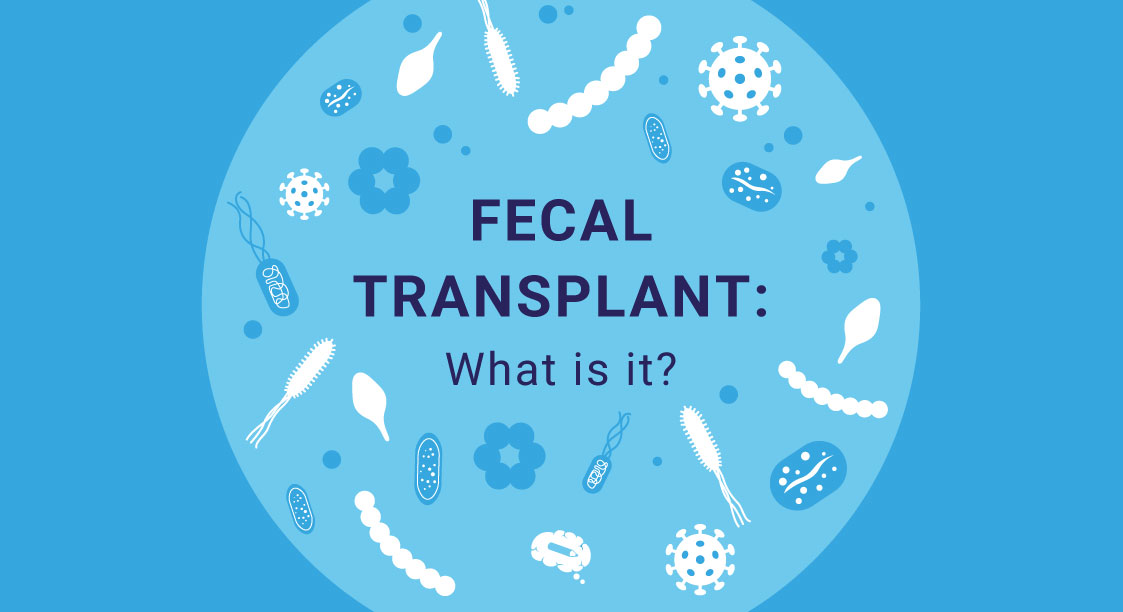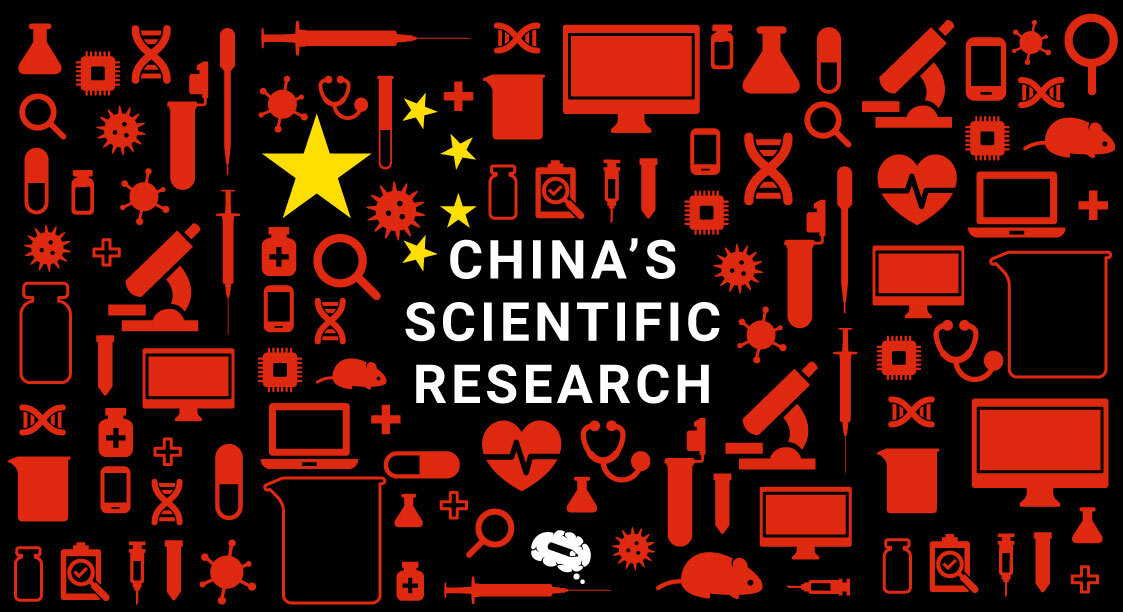There has been an increase in research aimed at better understanding the therapeutic benefits associated with controlling the human gut microbiome. FMTs, stool transplants, bacteriotherapy, and intestinal microbiota transplants are also terms for fecal transplantation. Doctors perform fecal transplants to replenish the natural equilibrium of bacteria in a person’s gut by transplanting feces from healthy donors. Other conditions such as gastrointestinal infections can be treated using fecal transplants.
Some medical conditions and antibiotics can destroy beneficial bacteria in the digestive system, preventing nutrients from being absorbed. Reintroducing good bacteria can be accomplished through a fecal transplant.
The goal of fecal microbiota transplantation (FMT) is to change a recipient’s gut microbiome by administering a solution of feces from a donor into the recipient’s intestinal tract. Recurrence of Clostridium difficile infection has been successfully treated with FMT. As we continue reading, we will learn more about fecal transportation.
What is the procedure for fecal transplantation?
Ge Hong described feces as a treatment for diarrhea in fourth-century China, which was the first time feces were used for therapeutic purposes. There are different FMT procedures based on how the transplant is delivered. As part of the colonoscopy process, the gastroenterologist mixes a saltwater solution with a sample of donor stool before delivering the transplant. There is no solid component to the fecal transplant. Physicians must screen potential donors for:
- Viruses such as hepatitis A, B, and C
- HIV/AIDS
- Syphilis
- Infections with intestinal parasites, such as giardiasis or worms
- C. difficile
- Other conditions as the doctor recommend
A sedating medicine will be administered to you after the transplant is complete, and you will be placed on your side in an appropriate posture for the colonoscopy. Through the anus, an endoscope or colonoscope with a camera is guided into the colon along with a flexible tube. During fecal transplantation, a sprayed fluid is sprayed onto colon walls as the doctor withdraws the scope.
Medications to help prevent diarrhea may be prescribed before you leave, to help maintain the fecal transplant in your colon. After the procedure, you can either go home or spend the rest of the day in your hospital room.
Who needs to undergo this procedure?
Treatments for severe bacterial infections, such as C. difficile, are provided through fecal transplantation. Antibiotics are usually used in the treatment of C. diff, as is the case with most infections. Occasionally, however, the infection can return to some people. There will be no response to an increase in antibiotics.
Recurrent C. diff is more successfully treated with fecal transplants than with antibiotics. Infections usually disappear within a short period after this treatment.
Evidence suggests that it may also be beneficial for other conditions such as inflammatory bowel disease, obesity, metabolic syndrome, and functional gastrointestinal disease.
Time-dependent side effects
A transplant’s delivery method is usually the cause of its side effects. The most common way to receive a fecal transplant (colonoscopy) might result in temporary side effects such as:
- Gastritis and bloating
- Rash and nausea
- During a procedure, an air pocket can cause cramps in the colon
- Diarrhea-related constipation
- The anus leaks a few drops of transplant solution
The possibility of adverse side effects is rare, but it does exist. A few examples are:
- Donors who are not assessed and tested carefully may be infected with another bacterium or virus.
- A patient contracts pneumonia during FMT involving a nasogastric tube or nose tube.
- Typical risks of colonoscopies or endoscopies include infection, bleeding, perforations, tears and anesthesia risks.
In research, however, it has been found that these effects are not often adverse and usually dissipate over time.
Fecal Transplant Preparations
- All medications and allergies should be disclosed to your doctor.
- Preparation instructions will be discussed with you by your doctor before your procedure. Following the guidelines closely is very important.
- Two days before the procedure, you must stop all antibiotics.
- In addition to prescription medications, ask your doctor about over-the-counter medicines, natural remedies, and nutritional supplements. Your doctor will help you prepare for your transplant by explaining to you when to take those medications and how to take them.
- The bowel prep regimen for colonoscopy will be followed if your transplant is being delivered by colonoscopy. Before your procedure, your doctor may instruct you to consume clear liquids and use a laxative.
- Sedating medication will be administered if the FMT is administered via endoscopy or colonoscopy.
It might seem odd to accept feces from a healthy donor, but fecal transplants are becoming more mainstream thanks to science.
An effective treatment that bolsters gut health may be an ideal solution when other treatments do not work, stimulating beneficial bacteria to multiply, strengthening immune function, and contributing to an individual’s well-being. Fecal transplants are not commonly performed by doctors, so you should seek the advice of an expert who has sufficient expertise in this field.
Make sure your scientific illustration is on point
You can visually illustrate any research with Mind the graph and reach a wide audience with your work. To help you with your projects, we have a large collection of illustrations in our library. Also, you can ask our expert team to customize it according to your requirements. For more information, please visit our website.

Subscribe to our newsletter
Exclusive high quality content about effective visual
communication in science.




